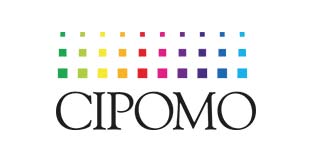
by cristiano | Oct 17, 2018
In all areas of inquiry and in particular within healthcare professional responsibility, Forensics is committed to pursuing a high-quality reliable method, avoiding fideistic assessments, merely based on personal experience. Moreover it undertakes to erect a barrier...

by cristiano | Oct 17, 2018
The forensic discipline is involved in academic training, business activities, hospital care, operating freelance, advice to judicial authorities, etc in order to support culture of both clinical appropriateness and scientific evidence as benchmarks for professional...

by cristiano | Oct 17, 2018
Avoiding duplication of redundant investigations implies exerting forensics fairly and respectfully towards people with disabilities, preventing them and their relatives from unnecessary inconveniences without clogging up waiting lists with inappropriate prescriptions...

by cristiano | Oct 17, 2018
The anticancer treatments in general are likely to be ineffective in patients with solid tumors with the following characteristics: low performance status (3-4), no response to previous evidence-based therapies, not eligibility for a clinical trial, the absence of...

by cristiano | Oct 17, 2018
The most frequent complication of chemotherapy is myelotoxicity with particular reference to the neutropenia. Neutropenia. is a serious cause of impairment of the immune system with the risk of infection, sepsis and septicemia. Normally the relevant pathogens are...








Recent Comments